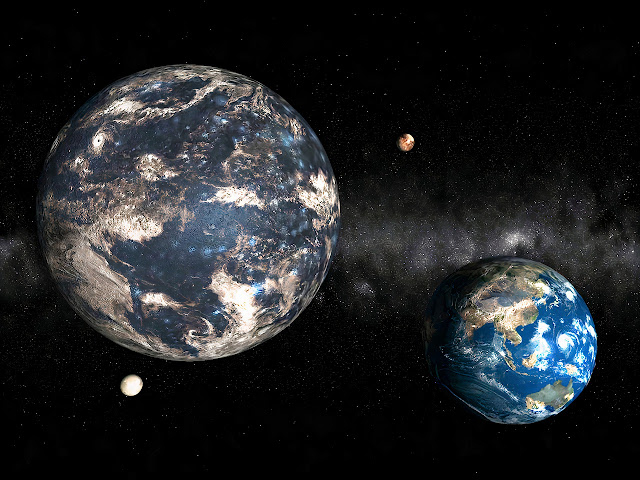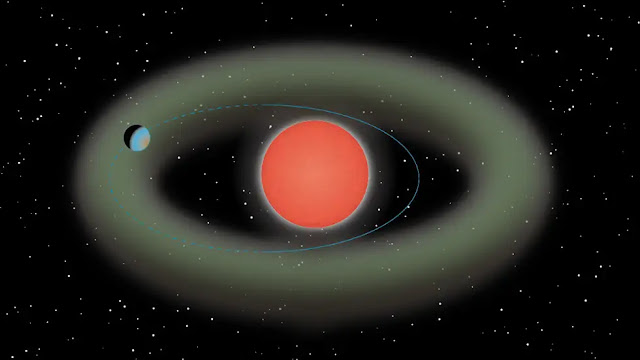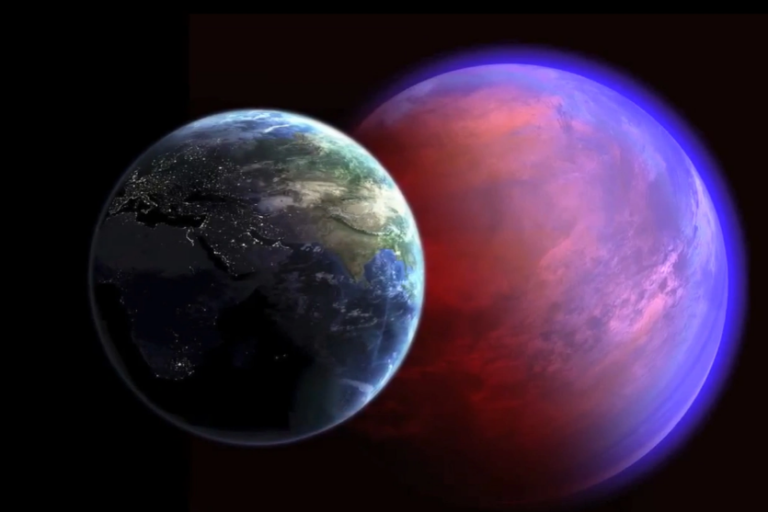Ross 508b, a newly discovered super-earth that is only 37 light-years away, may be able to sustain life
“Are we the only species in the universe? ” is a question that many of us have pondered. While there are currently no conclusive answers available to humans, researchers are always searching for signs that might indicate the presence of alien life.

What better place to begin than by looking for additional planets like Earth that might be able to support life?
Exoplanet research has increased significantly recently, albeit different organizations have different goals for their investigations. While some are only seeking for an answer to the riddle of extraterrestrial life, others are looking for a new planet for us Earthlings to call home.
Now, we may have some excellent news for all of you who are interested in exoplanets. The Subaru Strategic Program, established in 2007 to create exceptional scientific discoveries with the Subaru Telescope in Japan, has contributed to the discovery of a super-Earth that is only 37 light-years away from our planet and is skimming the borders of a red dwarf star’s habitable zone.
Home away from home?

Schematic representation of the recently found Ross 508 planetary system. The habitable zone (HZ), shown in green, is the area where liquid water may exist on a planet’s surface. The planets’ orbits are depicted as blue lines. The planet is thought to be closer than the HZ (solid line) for more than half of its orbit and within the HZ (dashed line) for the remaining portion. (Center for Astrobiology)
This rocky “super-Earth,” known as Ross 508b, has a mass almost four times that of our planet.
And on Ross 508b, a year only lasts for 11 Earth days! Since red dwarfs are much smaller than the Sun, which serves as the center of our solar system, this naturally indicates that its orbit is not very large.
However, because of their lesser diameters, their gravitational fields are likewise smaller than the Sun’s. Ross 508b therefore orbits it at a mere 5 million kilometer distance. Compared to Mercury, which is around 60 million kilometers from the Sun, this super-Earth is rather close to its red dwarf, raising the question of how it might potentially be considered livable. The orbit of Ross 508b is elliptical, so it essentially dips in and out of the habitable zone and isn’t constantly as near to the star.
This kind of planet could be able to keep water on its surface. There is still room for discussion and in-depth investigation over whether or not water or life genuinely flourishes there.
The relationship between red dwarfs and habitable planets
Red dwarfs, which are smaller than the Sun and make up the majority of stars in the solar neighborhood, make up 75 percent of all stars in the Milky Way galaxy. They are therefore important targets in humanity’s search for alien life and nearby extrasolar planets.
Studying red dwarfs is difficult, though, because they are colder than other kinds of stars and emit less visible light.
The fact that this discovery was made by the Subaru Strategic Program using the infrared spectrograph IRD on the Subaru Telescope (IRD-SSP) makes it all the more remarkable. The team at the Astrobiology Center in Japan created IRD specifically to look for red dwarf-orbiting exoplanets like Ross 508b. It makes use of a technique called planet-hunting, which looks for tiny variations in a star’s velocity to infer the presence of a planet circling it.
It wouldn’t be a leap to think that the Subaru Telescope may provide us even greater prospects for planets that are capable of supporting life.
“The development of IRD has now lasted 14 years. The goal of our ongoing development and study is to locate a planet that is exactly like Ross 508b, according to Professor Bun’ei Sato of the Tokyo Institute of Technology, who is also the IRD-chief SSP’s investigator.
Future research can now prove the likelihood of life near low-mass stars through observations.
The details of the research findings may be found here in the Astronomical Society of Japan Publication.
Do not forget to share your opinion with us to provide you with the best posts !




0 Comments